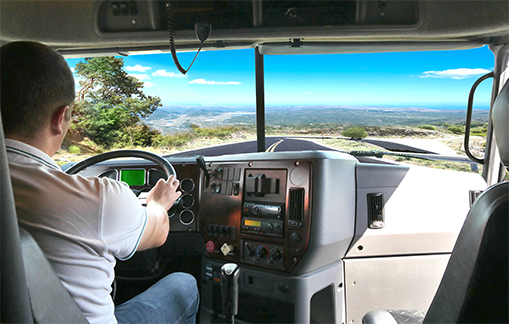How Video Telematics Can Revolutionize Road Safety and Security in India
In India, where road conditions are unpredictable and traffic violations are common, road safety remains a pressing concern. The statistics are alarming, with thousands losing their lives to road accidents each year. However, technology offers a beacon of hope, and one of the most promising tools at our disposal today is video telematics. This technology not only has the potential to drastically reduce accidents but also to enhance overall vehicle security. Here’s a deeper look at the transformative role video telematics can play in India.
1. Prevention and Analysis of Accidents
Video telematics systems utilize dashcams and other surveillance equipment to capture continuous footage of a vehicle’s surroundings. This footage proves invaluable for post-accident investigations, providing clear insights into the dynamics and causes of accidents. Such data allows for more informed decisions regarding road layouts, traffic signal placements, and driver education programs.
2. Enhancing Driver Behavior
One of the direct benefits of video telematics is its ability to monitor and correct risky driving behaviors in real-time. Technologies integrated within these systems can alert drivers to unsafe practices like speeding, abrupt braking, and improper lane changes. Over time, this feedback can foster safer driving habits, significantly reducing the likelihood of accidents.
3. Streamlined Fleet Management
For commercial vehicles, video telematics is a game-changer. Fleet operators can monitor their vehicles more effectively, ensuring compliance with traffic laws and safety regulations. This oversight helps in optimizing routes, improving dispatch times, and maintaining high standards of safety, which in turn enhances operational efficiency and reduces costs.
4. Quicker Insurance Processes
The concrete evidence provided by video footage can streamline the processing of insurance claims following accidents. This leads to faster settlements, reduces fraud, and ensures that claims are resolved fairly, benefiting both insurers and policyholders.
5. Improved Emergency Responses
Video telematics can be crucial during emergencies by providing real-time data to response teams. In the event of an accident, the system can instantly alert nearby emergency services, potentially saving lives with quicker response times and more effective intervention.
6. Traffic Management Insights
Authorities can use the vast amounts of data collected by video telematics to analyze traffic patterns and identify congestion points. Such insights are invaluable in designing better road infrastructures, implementing effective traffic control measures, and enhancing pedestrian safety.
7. Security Against Theft and Vandalism
Lastly, the security aspect of video telematics cannot be overstated. Continuous surveillance through vehicle-mounted cameras can deter thefts and vandalism, adding an extra layer of security to the parked or transiting vehicles.
Conclusion
The introduction of video telematics in India could herald a new era in road safety and vehicle security. By harnessing the power of real-time video surveillance and data analysis, we can protect lives, enhance driver behavior, optimize fleet operations, and much more. It’s an investment worth making—a step towards safer, smarter roads in India.




Post a comment